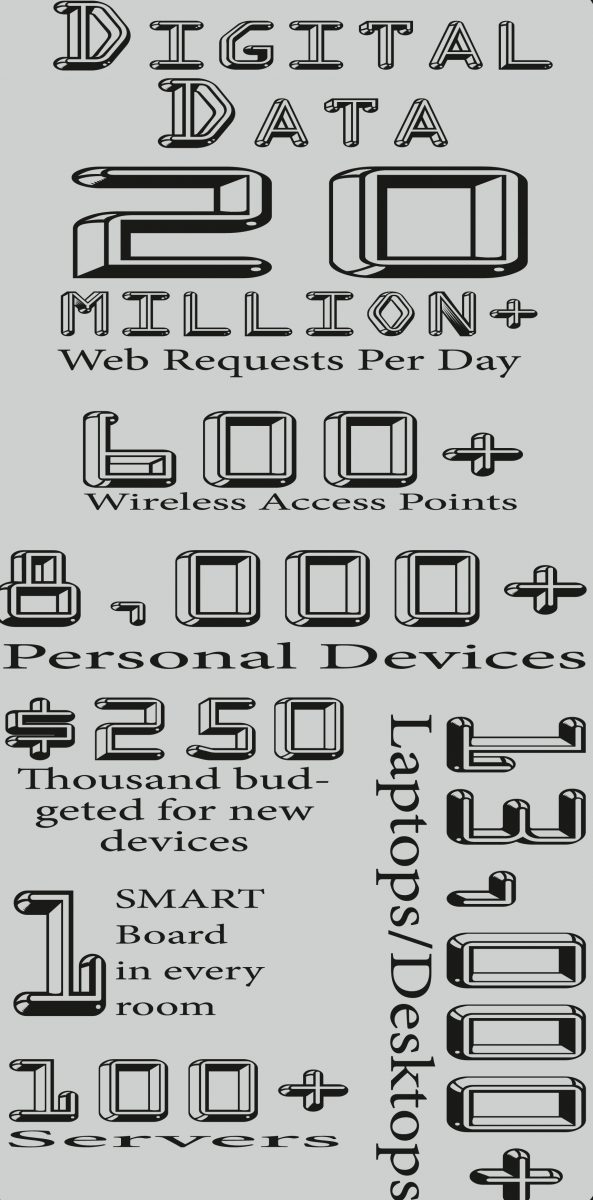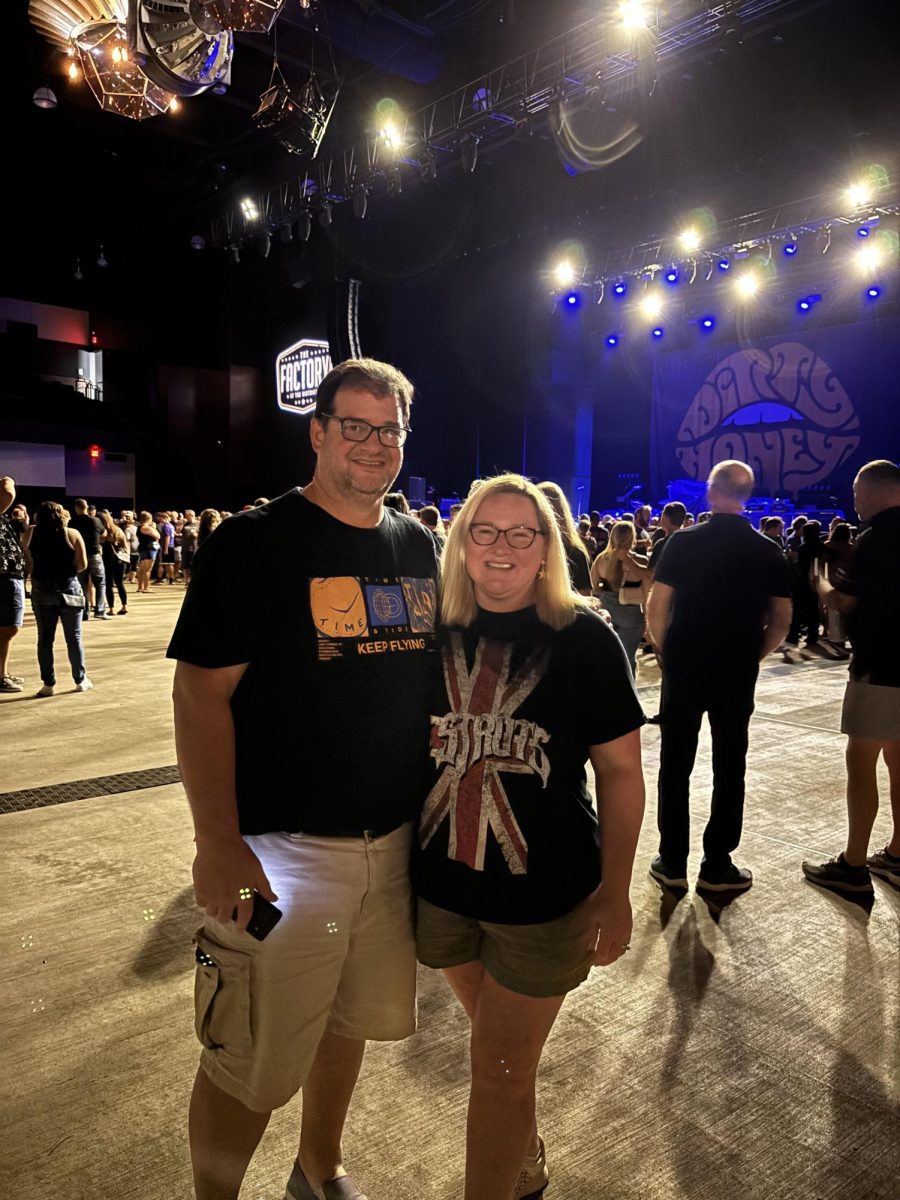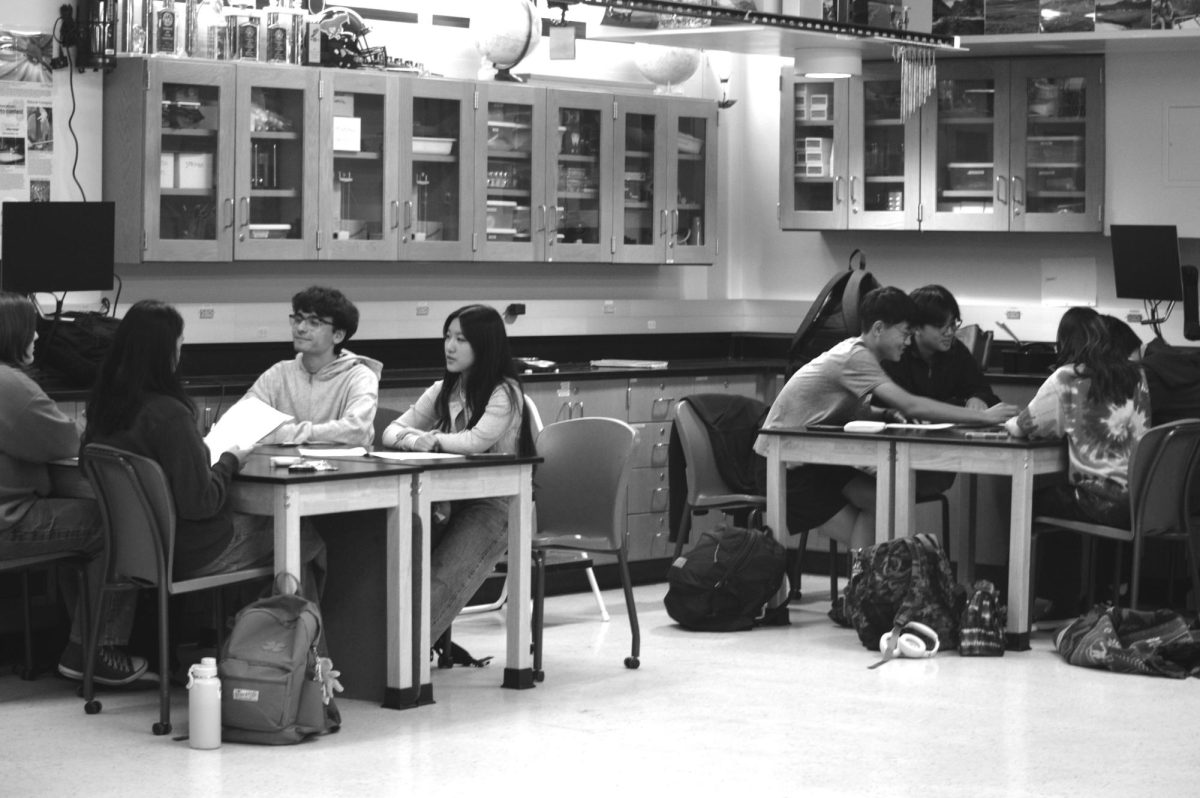
Instituting new technology devices across the district, Parkway looks to become more technologically advanced with the beginning of the 2014-15 school year.
The technology refresh includes device and software updates. The Technology and Innovation Department has a $250,000 budget from Parkway for new products for the entire district over the next two years. The change has been in the making for over two years.
“Parkway is going to be instituting Google Apps for Education next year,” Librarian Mrs. Brigid Dolan said. “We’re also refreshing the student computers.”
Google Apps for Education include many different applications. Some are used by students now, while others are geared to specific curriculums.
“We promise every student and teacher will have a Parkway managed access to Google Drive, which includes Google Docs, Slides, Presentation, and Sheets (Google’s Spreadsheet program),” Parkway Director of Technology and Innovation Jason Rooks said.
According to Dolan, the leap to Google encourages a wider range of classroom interaction.
“There’s many cool educational apps out there on tablets, and I think this technology can make teaching more engaging for students,” Dolan said. “It helps teachers think outside the box.”
In an effort to maximize the worth of Google Apps, teachers have begun to prepare for the new program’s arrival.
“Currently, teachers are getting Google certified so they can lead training workshops (for other teachers) this summer,” Dolan said.
Another change include the devices used in the school. Options for devices include HP desktops and laptops, Google Chromebooks, and Nexus 7 Tablets.
“Some feedback we heard from students and teachers are they need fast startup times and long battery lives. We looked and decided to adopt the Nexus 7 tablet and the Chromebook,” Rooks said.
The four options force departments to make a decision on which device will work best in their curriculum.
“It’s looking at needs and seeing if the piece of equipment fits,” Rooks said. “Some departments are natural fits; the English classes are a natural fit to Chromebooks. A department like science would probably stay with traditional laptops.”
English teacher Mr. Sean Rochester echoed Rooks, noting the need for practicality over style.
“Since so much of what we do in English involves printing, tablets don’t seem like a wise investment of money, because it seems like we won’t be able to use it the way we would like,” Rochester says.
The Mathematics Department, which currently incorporates some Google Apps on teacher’s websites, faces challenges of their own.
“We’ve looked at Google Apps to see what is available, but there is not a lot that can be used for a math classroom,” Lehmann said. “A smaller tablet would be nice for students, but we just don’t think they would hold up well.”
Junior Kayla Abernathy is excited for the device change.
“I think it will be beneficial for things like research papers, because library computers are super slow,” Abernathy said. “It’s always packed in the library, so it’ll be better having devices for individual use instead of group use.”
While the modernization allows for simplicity, there are several holdups.
“One of the issues with the new devices is the ability to print is very limited,” Rooks said. “We are investigating solutions for that, and working with Google and other vendors to make that happen.”
Modernization is a central theme in the technology update, as students and teachers continue to incorporate their own devices in school.
“We’ve seen an explosion of growth in our Campus Technology Access (CTA), with teachers and students bringing in their own devices,” Rooks said. “The way of the future is Bring Your Own Device (BYOD), because it’s your device and you know how to use it. We need to be able to support all that these devices bring with them.”
The incorporation of new software and devices is a major change for Parkway, and it could lead to one of Rook’s ultimate goals for technology in Parkway.
“My hope is that technology stops being something that we do. Our goal is technology just becomes part of our everyday life. Technology is there, it’s accessible whenever the student needs it and wants to use it,” Rooks said.




